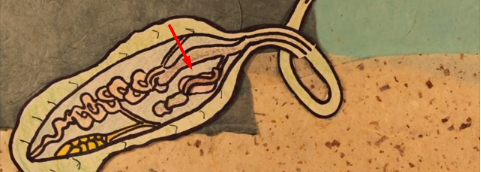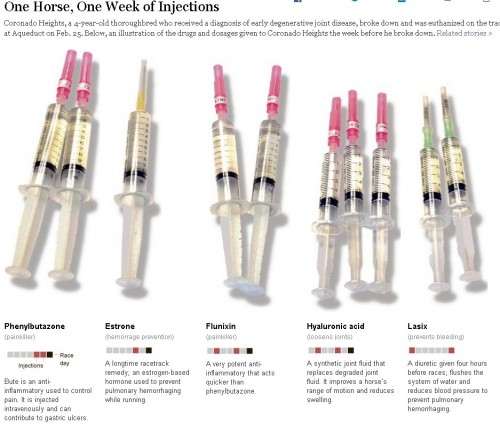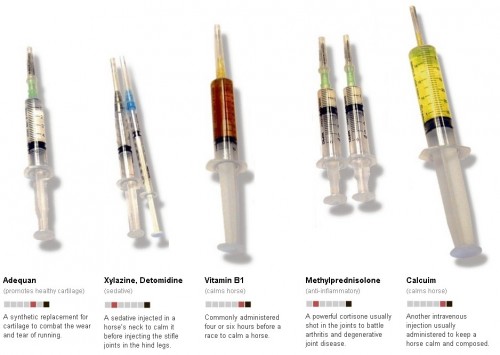Can we at least agree that it’s racist to dress your dog up like a racial caricature?
“Little Spanish Bandito Dog Costume” (link):
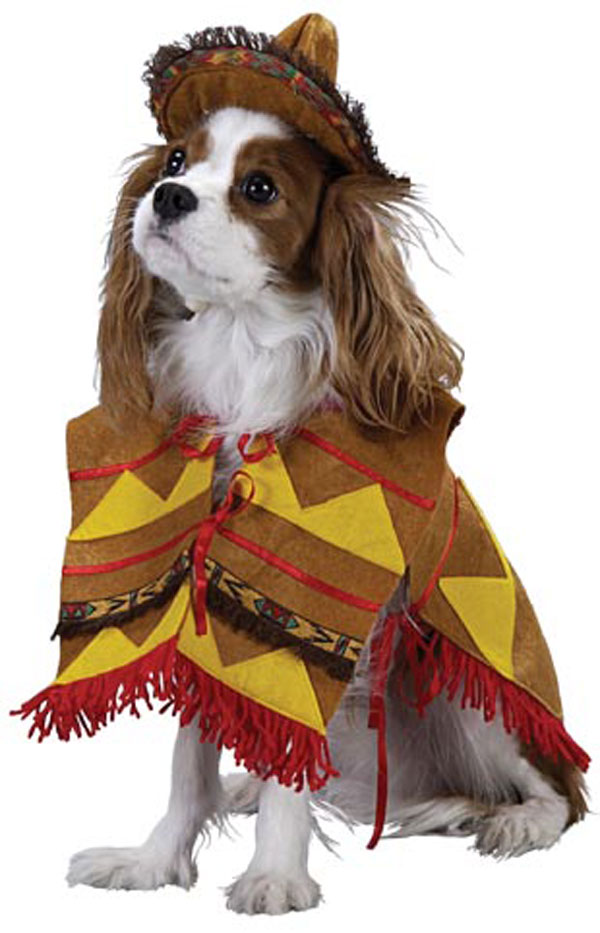
“The Geisha Dog Costume” (link):

“Pup Shalom Dog Costume” (link):

“Indian Dog Costume” (link):
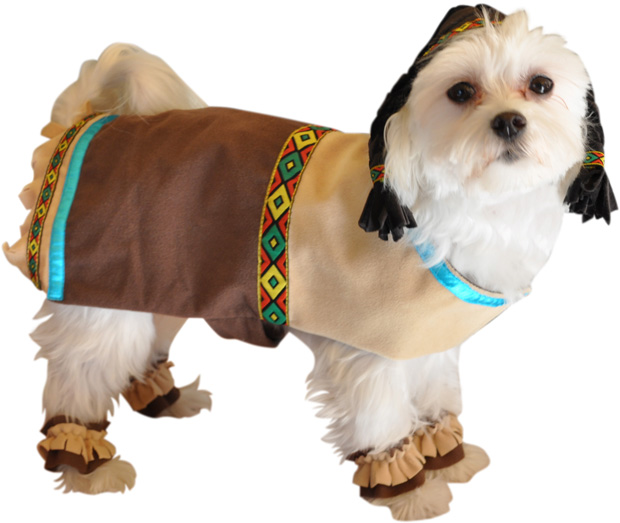
Originally posted in 2009, but the links are still live! Via Alas A Blog.
Lisa Wade, PhD is an Associate Professor at Tulane University. She is the author of American Hookup, a book about college sexual culture; a textbook about gender; and a forthcoming introductory text: Terrible Magnificent Sociology. You can follow her on Twitter and Instagram.

